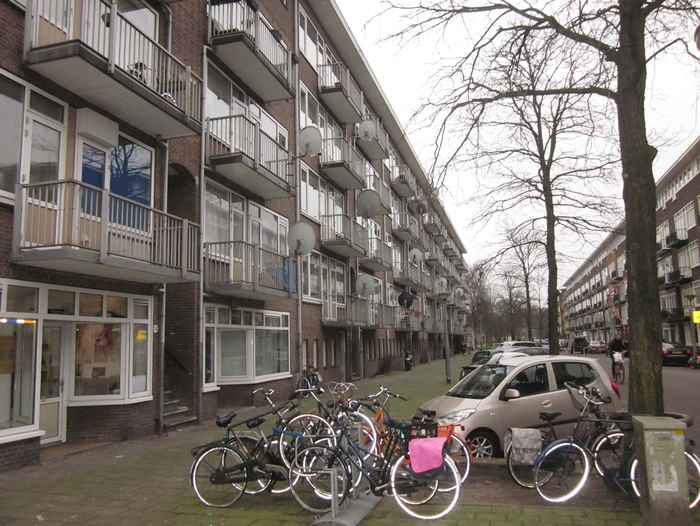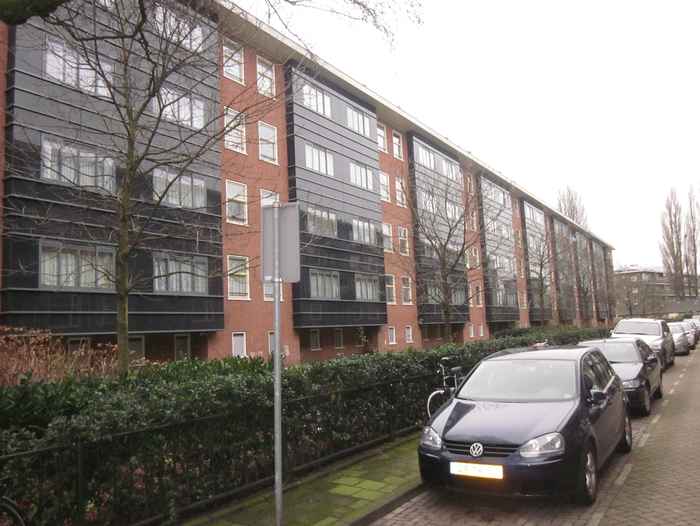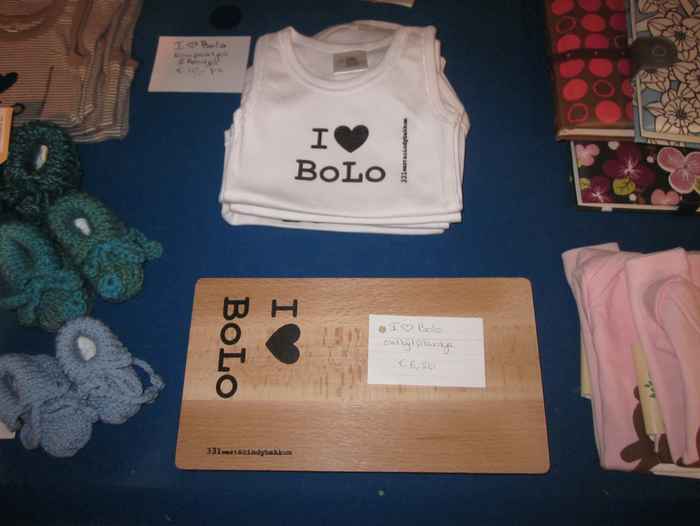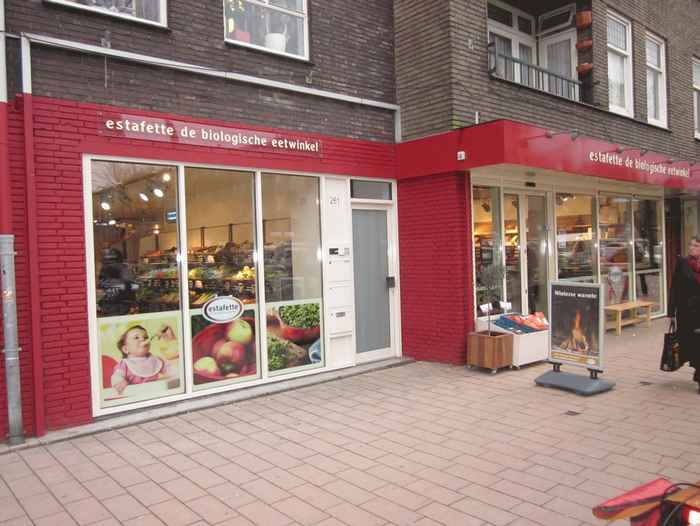Bos en Lommer: Amsterdam’s gentrification frontier? - By Marco Bontje
Publication date 14-04-2014
Until early 2008, my housing career probably could be seen as a hybrid product of ‘how Amsterdam social housing works’ and the usual ‘early gentrifier’ frame as we know it from urban geography and urban sociology research. Born and raised in Alkmaar, about 40 km north of Amsterdam, I moved to a tiny student flat in Diemen shortly after the start of my study. Not really Amsterdam yet, but at least very close to it, and this was simply the first place where I managed to get off the waiting list for student housing. OK, I could have chosen squatting or anti-squatting or the semi-legal or illegal subletting route as well, like several of my fellow students did; in that sense maybe I did not start out as a typical early gentrifier. Moving up the accommodation ladder, I went from this tiny one-room flat to a slightly less tiny 2-room flat on the edge of the city centre , and then on to a 3-room apartment in Bos en Lommer.



